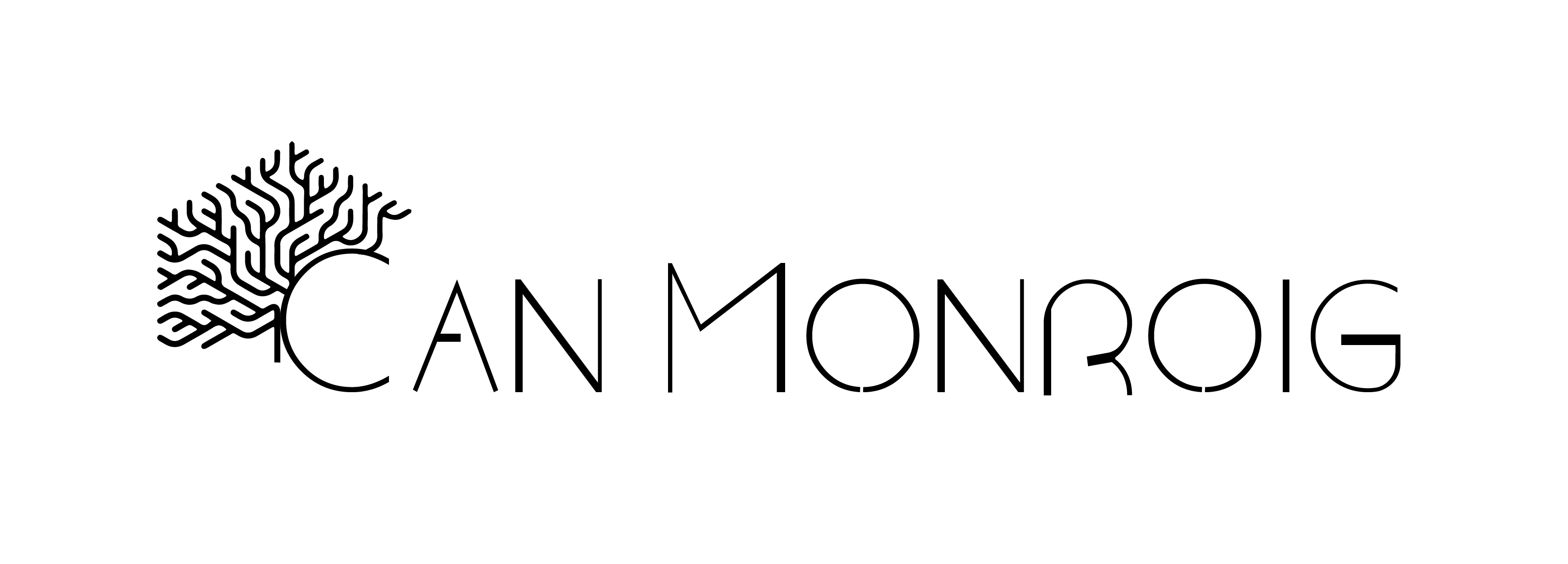
“After dismantling* his exhibition at the Solleric Palace In Palma in 2010**, Gabriel briefly wondered, I think I remember, if he could continue working as a portraitist without parodying himself. It was a rhetorical question: the desire was still intact, and the challenges did not diminish (giving meaning to a portrait is one of them).
But at the same time, he began to leave increasingly legible traces of his imagination in his photographs. The wet collodion technique was perhaps the impetus. A narrative format that imposes its rules, but also offers a freedom that borders on loss of control.
For those who want to see it that way, the photographs in this exhibition The Sex of the Angel could be self-portraits. A praise of imperfection.”
Michele Froye
*The dismantling video is part of the exhibition
**Retrospective of 400 photographs
 Wet collodion photography, 2018
Wet collodion photography, 2018
I have always thought that Gabriel Ramon and his wife Michele Froye They were very brave when they left what was probably a peaceful life as civil servants in France in the early 80s to come and live in Mallorca, where Gabriel's father was from, and set up his photography studio on Sant Jaume street in Palma. Without a doubt, the beginnings were not easy, but over the years Gabriel earned a well-deserved reputation as a portrait photographer, and although he once said that he considered himself a neighbourhood photographer, over the course of more than 30 years people as diverse as Rossi of Palm and the Peor Imposible group, plastic artists such as Maria Carbonero, Bernadí Roig, Guillem Nadal, Teresa Matas, Rafa Forteza or Joan Sastre, actors like Simon Andreu; couples with their children, famous foreigners like Diane de France or anonymous tourists who, strolling through Palma, were captivated by the black and white photos displayed on a small counter at street level.
 Boys
Boys
How would I write? Jacques Terrassa in the prologue of the retrospective that the Casal Solleric offered on the photographer's work in 2010:
“A non-anecdotal part of the clients of his studio comes from this foreign community, residents or mere travelers, often linked to the art world, or simply possessors of a visual culture that leads them, naturally, like a flowing river, down Carrer San Jaume” (…)
“It was in December 1983 when I first met Gabriel Ramon. I was strolling through the old quarter of Palma; a shop window with a few black and white photographs caught my attention; I stopped in front of some magnificently illuminated faces, surprised by these images that recalled what we could see at that time in the Recontres Internationales de la Photographie d'Arles, more than in any photography shop in Mallorca. (…) it was not one of those galleries specialising in photography (…) but the studio of a simple craftsman who had been offering his portrait services for just over a year to a public even more familiar with colour photographs of first communions or brides who transmitted their ephemeral happiness in large format. The mastery of greys and the austerity of the faces were going to surprise a population accustomed to other aesthetic models.” (1)

For more than thirty years, Gabriel took his portraits in black and white using the silver process, from the shot to the print, developing them himself in a darkroom, although he also ended up using digital photography for art and architecture catalogues.
In 2011, wet collodion was introduced into the technique: “With an exposure time of ten seconds, support preparation and development conditions that border on a feat, a very fine and fragile emulsion, subject to the imperfections of the material; wet collodion is an extreme technique, at the antipodes of the ease of digital imaging”(2)
His collections of wet collodion photographs have been exhibited in Perpignan “Portraits” (2013), Catalan Studies Center at the Sorbonne, Paris “The photographic scar” (2015), “The photographic scar” Can Monroig (2016), in Palma I-gallery Palma “La llum no es la fosc al inreves” (2016) and from May 4th his most recent work under the title “El sexo del ángel” in Can Monroig (2018).
Note for Gabriel
Perhaps the artist remained crouched for years among the portraits waiting for you to make room for him, but he was there, do not doubt it, breaking the rules of the game, imposing black and white against the current, the uninhibited poses in the models, that unconventional image in the families or letting his admiration for Richard Avedon.
When the digital age arrived, the artist was saddened by the fact that the photography he had loved so much and for which he had resisted so much had become something simple and that everything seemed too easy. He no longer wanted to represent the established, false and ephemeral beauty because he knew that beauty was somewhere else, in other bodies or possibly outside of them. Finally, in his alchemist's laboratory, capturing the fascinating gaze of his models, with sometimes ambiguous results, when he himself could not remember if that image belonged to a man or a woman, to a young man or an old man, the angel appeared and next to it the artist.
Exhibition: The Sex of the Angel by Gabriel Ramon, photography and video.
Opening: Friday, May 4 at 8 p.m.
Location: Can Monroig, Calle Can Valella nº 22, Inca, Mallorca
Tel 609167768
Visiting hours:
Until June 1st inclusive, every Thursday from 10:30 a.m. to 2 p.m. or by appointment.
References:
.Gabriel Ramon.com
(1)(2)Histories of things, faces and times, The photographic portrait according to Gabriel Ramon. Jacques Terrassa
“The photographic scar” Can Monroig 2016

